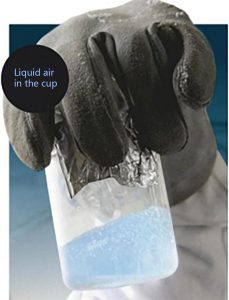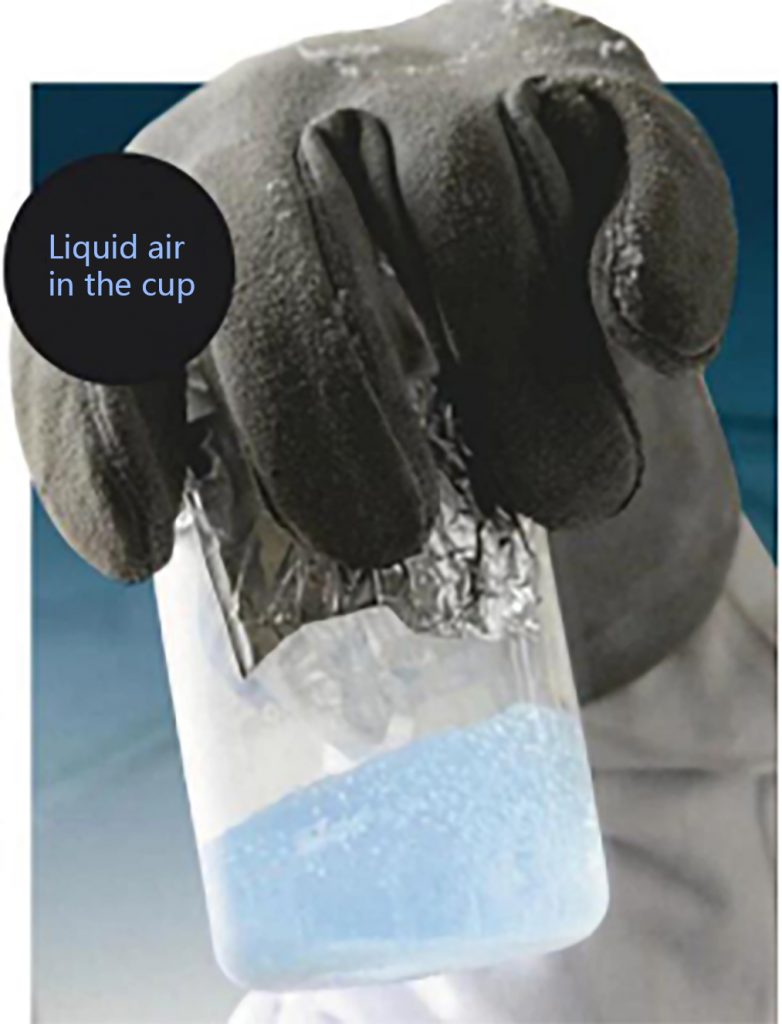
Not long ago, British engineers have successfully invented the technology of using air to store energy, but why did they invent such a technology?
Used to store renewable energy
Today, at least 20% of the energy consumed by mankind is renewable energy, and this proportion will continue to expand. In addition, the technology used to produce renewable energy is also developing day by day.
However, in this process, an important problem was exposed, that is, the storage of renewable energy.
Engineers can freely manipulate the energy produced by coal and oil. When people’s demand for electricity is low, the burning of fossil fuels can be reduced to save fuel;
when people’s demand for electricity grows, engineers can add fossil fuels in time to meet people’s needs.

However, renewable energy cannot do this. Taking solar energy as an example, the situation is often: In the morning, solar energy supply exceeds demand.
At this time, renewable energy not only meets people’s needs, but also has a surplus.
However, because there is no energy storage equipment, the unused solar energy is only Can be wasted;
At night, due to the absence of the sun, the solar energy at this time is greatly reduced, and people will use other electrical appliances at the same time at home, not only did not reduce the electricity consumption, but even increased.
If this contradiction between supply and demand cannot be resolved, the promotion of renewable energy such as solar energy will encounter a bottleneck.
In order to solve the energy storage problem of renewable energy, British engineers invented the use of air to store energy.
However, why did British engineers not directly use lithium batteries, but specifically invented such a new technology?
Air charging, many benefits
In fact, engineers have already imagined and simulated various other methods.
For example, there is such a “pumped storage” model that uses excess renewable energy to pump water, and then uses the water to create a waterfall, which will push turbines to generate electricity.
However, this energy storage method is limited by geographical conditions and can only be used in areas with abundant water resources and high elevation differences.
Engineers have also tried to make huge energy storage lithium batteries. But lithium itself is a scarce and expensive resource, and it will cause serious pollution to the environment in the process of mining lithium and disposing of discarded giant lithium batteries.
Moreover, the use time of this giant lithium battery is only 10 years. It is not possible to use other improved batteries. Australia is already developing and using various battery electrolytes to store renewable energy.
Although this technology is promising, it is expensive to manufacture, and more importantly, it will be released toxic chemicals into the air.
The air does not have the limitations mentioned earlier. The use of air to store renewable energy is not only rarely restricted by geographical conditions, the energy storage efficiency is high, the source of raw materials is environmentally friendly, and the air itself is recyclable.
Air Liquide to generate electricity
When the air is cooled to -196°C, it will become liquid. In factories that utilize air energy storage, the energy used to cool the air to -196°C is taken from excess renewable energy.
The liquid air is then stored in a large steel gas tank that is extremely thermally insulated.
The working principle and function of this large steel gas tank is similar to that of a thermos, but its effect will be better.
According to the law of conservation of energy, the energy of matter does not arise and disappear out of thin air. The reason why air can be cooled is that its “heat energy” is removed, and the removed heat energy will be stored in another place.
At night, when it is necessary to supplement the power generation energy, the thermal energy stored in another place will be directly used to heat the liquefied air, without the need for engineers to burn other fuels to provide thermal energy.
At this time, the heated liquefied air will instantly vaporize and transform into a powerful airflow 700 times the volume, which in turn will drive the turbine generator to generate electricity.
In the morning, the factory will replenish air, and this supplemental air comes directly from the local air.
By calculation, compared with “pumped water storage”, fluid batteries and giant lithium batteries, the energy storage efficiency of air is second only to giant lithium batteries.
In addition, air has two advantages that they do not have, that is, environmental protection and recyclability.
The factories used to cool the air can be built in plains and places where the height difference is not too high.
In addition, people can also build this kind of factory near large farms, and in the factory, people can build additional food cold rooms, and use the cold air that has been liquefied to refrigerate food, which can save a lot of energy.
The first air-cooling plant has been completed in Manchester, England. Today, the plant is supplying electricity to 5,000 nearby homes at night.
Perhaps in the near future, at night, even our electrical appliances may be powered by Air Liquide.
Comments